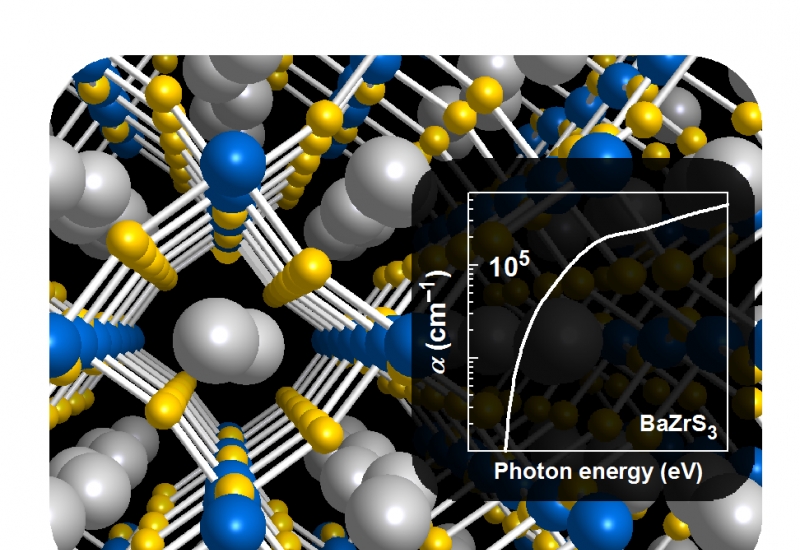New perovskite promises 38.7% efficient tandem cells

The Japanese researchers say their material could go into thin-film mass production. Image: Gifu University
Japanese researchers have identified a perovskite material with a strong band edge gap and high stability which they say could offer 38.7% efficiency if used in the correct tandem cell architecture. The material – BaZrTiS3 – has a light absorption coefficient exceeding 105cm-1, the highest of all solar cell materials including chalcogenide perovskites such as SrZrS3, BaHfS3 and SrHfS3, the scientists claim.
The Japanese team claim to have observed high stability in the material at up to 600 degrees Celsius and under water immersion.The researchers believe, with proper thin-film formation technology their material could be used in the mass production of perovskite-based PV panels.
Source: pv-magazine.com







